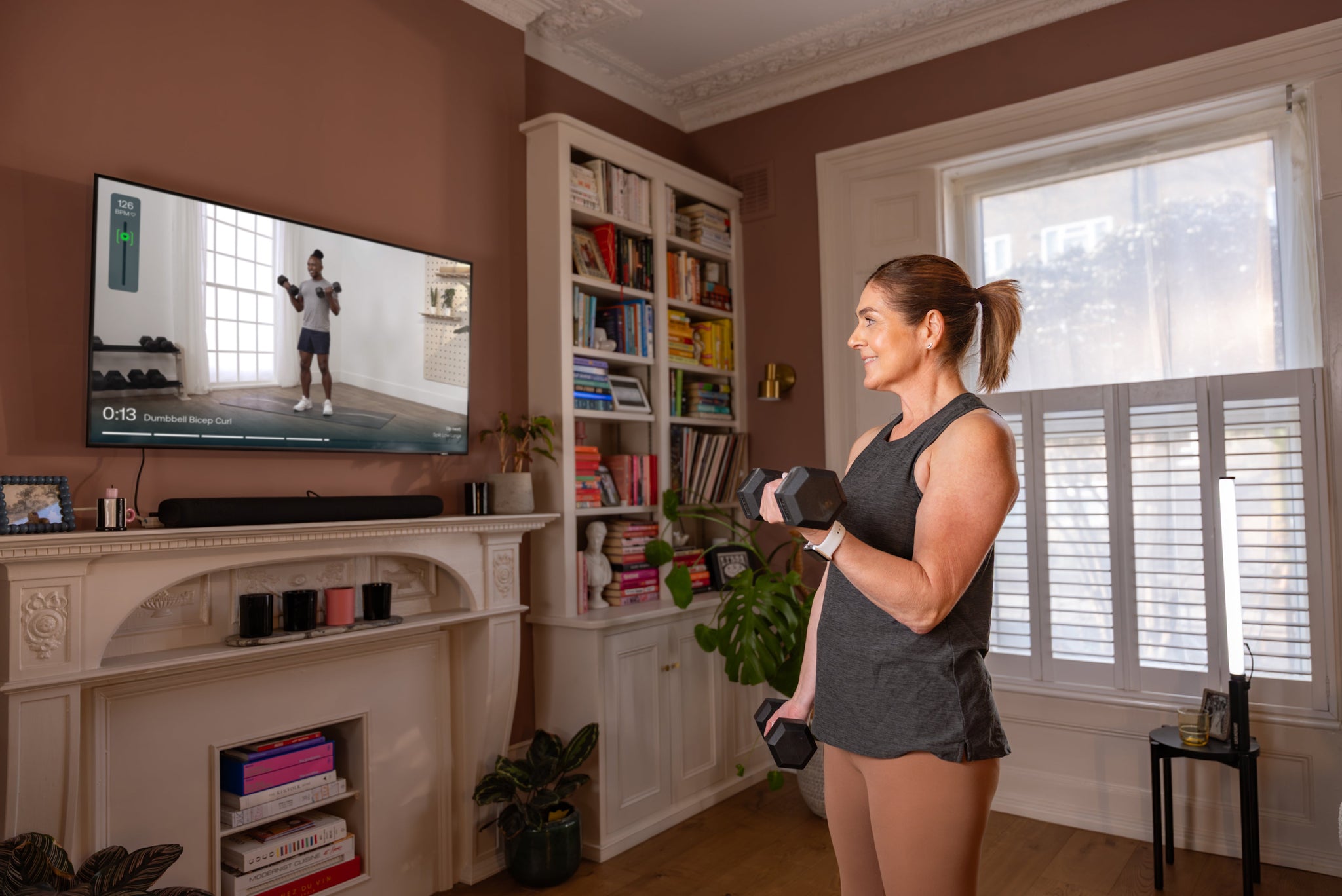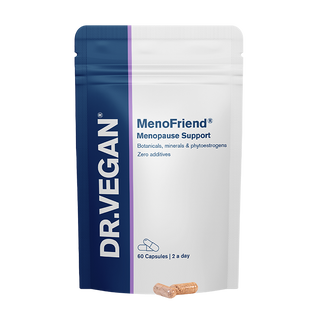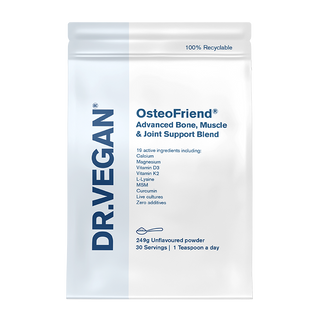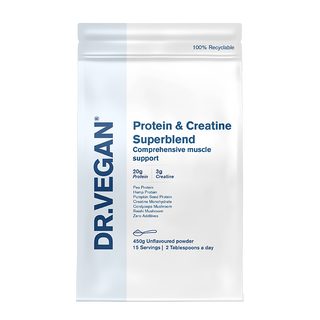The importance of exercise for bone health in menopause

There are countless reasons to move more during menopause. It boosts your confidence. It lifts your mood. It helps you feel powerful. Perhaps most importantly, however, it works wonders for your bones, which need a little more TLC as you navigate menopause. In this article, our friends at Mvmnt discuss the importance of exercise for bone health in menopause - and why it should be a cornerstone of your arsenal at this time.
What happens to bones in menopause?
Firstly, let’s quickly recap why bone health becomes such a priority during this hormonal transition.
As you navigate perimenopause (the years leading up to menopause, generally starting around your mid-40s), oestrogen, the female sex hormone, gradually declines.
For context, oestrogen is a bit of a ‘wonder hormone’. It regulates many aspects of your health as a woman, making your skin glow, energy surge and mood sing.
Crucially, it also strengthens your bones. It dips in perimenopause, therefore meaning your bones are more prone to weakening. In fact, this decline increases the risk of osteoporosis – a condition where bones become brittle and are more likely to break.1
But don’t let that fact alarm you. The good news is that you absolutely have the power to improve your bone density as you transition through menopause and beyond.
And exercise is one of the best tools to help you do just that.
The benefits of exercise for bone health in menopause
You may not believe it, but bones are indeed living tissues. They respond to the forces placed on them - the more you use them, the stronger they get.
When you exercise, you put healthy mechanical stress on your skeleton. In response, your body releases clever bone-building cells called osteoblasts, which work to increase bone density and strength.2
This process helps counteract the declining oestrogen levels that accelerate bone loss. The result? Your bones become stronger and less likely to fracture. Learn more about why exercise helps through menopause.
Best exercise for bone health in menopause
Your skeletal system will appreciate a 360-degree approach to movement as you navigate menopause. That means incorporating a bit of strength-training, a bit of weight-bearing exercise and a bit of mobility.
(Side note: every other aspect of your physical and mental health will thank you for this, too.)
Strength training for menopause
Bodyweight strength - such as push-ups, planks, squats, Pilates and dynamic yoga - and weight training, which can involve dumbbells, resistance bands and machines, are some of the best forms of activity for your bones.
When you lift, pull, or push against resistance, you positively challenge your bones, which, in turn, helps maintain bone mass, improve strength and reduce the risk of fractures.
Weight-bearing exercise for menopause
Confusingly, weight-bearing exercise isn’t anything to do with lifting weights.
Weight-bearing exercise is actually any activity where you're on your feet, working against gravity. Think of it as putting a good amount of pressure on your bones, which stimulates those nifty bone-building cells and encourages them to become stronger.
Walking, dancing, jogging and HIIT are great examples of weight-bearing exercise.
Mobility for menopause
Mobility practices like yoga and pilates are considered weight-bearing exercises (so you get all the benefits mentioned above), plus, they improve balance and coordination.
And if you feel more confident on your feet, you’ll be less likely to fall over and fracture a bone.
Ready to give those bones some love and feel your best in menopause?
Explore the Menopause Collection on Mvmnt, a curated library of sessions designed to support your health and wellbeing at this time. Plus, get access to hundreds of other sessions as you navigate this transition with strength and confidence.
Download the Mvmnt app today and get 40% off an annual subscription with code
DRVEGAN55.
Discover our Menopause Hub, it includes resources to help support women through all stages of the menopause.
View our range of award-winning probiotics, vitamins and supplements.
You may also enjoy reading:



















